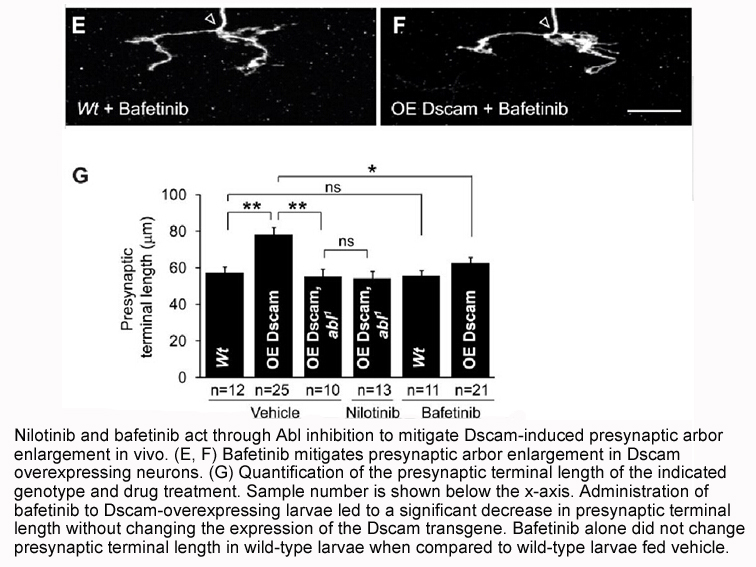Archives
br Conclusions This paper described the design of
Conclusions
This paper described the design of stochastic and potentiometric microsensors based on porphyrins and polymeric surfactants for the enantioanalysis of fucose in biological fluids such as whole blood. Five stochastic microsensors: ZnTSPP/DP, ZnTSPP/CP, SUV/DP, SUV/CP, SULV/DP exhibited responses for both enantiomers of fucose, each enantiomer presenting a different signature (toff value) with one exception – the microsensor based on SULV/DP for which the signatures of both enantiomers (values of toff (3.9s)) were the same, proving that this microsensor is not enantioselective. There were also stochastic microsensors for which there were recorded responses for only one of the enantiomers: TSPP/CP and SULV/CP based stochastic microsensors exhibited responses for l-fucose, while TSPP/DP based herpes simplex virus 1 exhibited responses for d-fucose. Only two potentiometric microsensors had near-Nernstian responses when used for the assay of l- and d-fucose: TSPP/CP based microsensor for the enantioanalysis of l-fucose and SULV/CP based microsensor for the enantioanalysis of d-fucose. The linear concentration ranges on which the microsensors were working are suitable for direct enantioanalysis of fucose in biological fluids such as whole blood and urine with RSD less than 1%.
Conflict of interest
Acknowledgments
Introduction
Surface-enhanced Raman scattering (SERS)-active optical fiber sensors combine the SERS substrate with optical waveguide, which allow the applications for in situ and long-distance SERS detections [1–3]. Novel designs of the SERS-active sensing layer is one of the most important subjects in the development of new SERS active optical fiber sensors [4–7]. The quality of sensing layer results in the sensitivity and selectivity of a SERS-active optical fiber sensor. There are many literatures referring to the fabrication techniques of the SERS-active sensing layer on the optical fiber end. Most of them are based on the methods of preparing SERS substrates as references [8–12]. For example, the vacuum deposited Ag islands [8,9], and the assembly of metal colloidal nanoparticles [10]. In our previous work, we developed a route of the laser-induced metal deposition to in situ modify the fiber tip with SERS-active sensing layer [11,12]. This method has the advantages of rapidity (within several minutes) and easy control. It can achieve effective adjustments on nanoparticle size and localized surface plasmon resonance (LSPR) only by the light irradiation time.
To develop SERS-active sensing layers on optical fibers requires solving the same problem as to develop SERS substrates: higher detection sensitivity. To access this purpose, a three-dimensional (3D) porous structure is proposed. The porous structure provides a large surface area, which allows a great deal metal na noparticles and analytes to posit on [13,14]. More metal nanoparticles supply higher electromagnetic field enhancement, supporting for higher enhancement ability [15–17]. Also, the large surface area of porous structure can enrich target analytes for ultralow concentration analysis.
To achieve this design, we chose a porous polymer named poly(glycidyl metharylate-co-ethylene) dimethacrylate (poly(GMA-co-EDMA))to modify the optical fiber. Poly (GMA-co-EDMA) is a material with microchannels and widely used for preparing porous polymer monoliths for high-performance liquid chromatography [18–23]. After in situ thermal polymerization, poly (GMA-co-EDMA) formed a three-dimensional pore structure on the surface of optical fiber. Then, we employed the laser-induced metal deposition to in situ grow Ag nanoparticles on the porous polymer. The fabrication process of the porous polymer was optimized by polymerization temperature and its morphologies were characterized by scanning electron microscope (SEM). This novel SERS-active optical fiber sensor was applied for the SERS determination of 4-mercaptopyridine (4-Mpy) and crystal violet (CV) and the SERS enhancement factor was evaluated.
noparticles and analytes to posit on [13,14]. More metal nanoparticles supply higher electromagnetic field enhancement, supporting for higher enhancement ability [15–17]. Also, the large surface area of porous structure can enrich target analytes for ultralow concentration analysis.
To achieve this design, we chose a porous polymer named poly(glycidyl metharylate-co-ethylene) dimethacrylate (poly(GMA-co-EDMA))to modify the optical fiber. Poly (GMA-co-EDMA) is a material with microchannels and widely used for preparing porous polymer monoliths for high-performance liquid chromatography [18–23]. After in situ thermal polymerization, poly (GMA-co-EDMA) formed a three-dimensional pore structure on the surface of optical fiber. Then, we employed the laser-induced metal deposition to in situ grow Ag nanoparticles on the porous polymer. The fabrication process of the porous polymer was optimized by polymerization temperature and its morphologies were characterized by scanning electron microscope (SEM). This novel SERS-active optical fiber sensor was applied for the SERS determination of 4-mercaptopyridine (4-Mpy) and crystal violet (CV) and the SERS enhancement factor was evaluated.